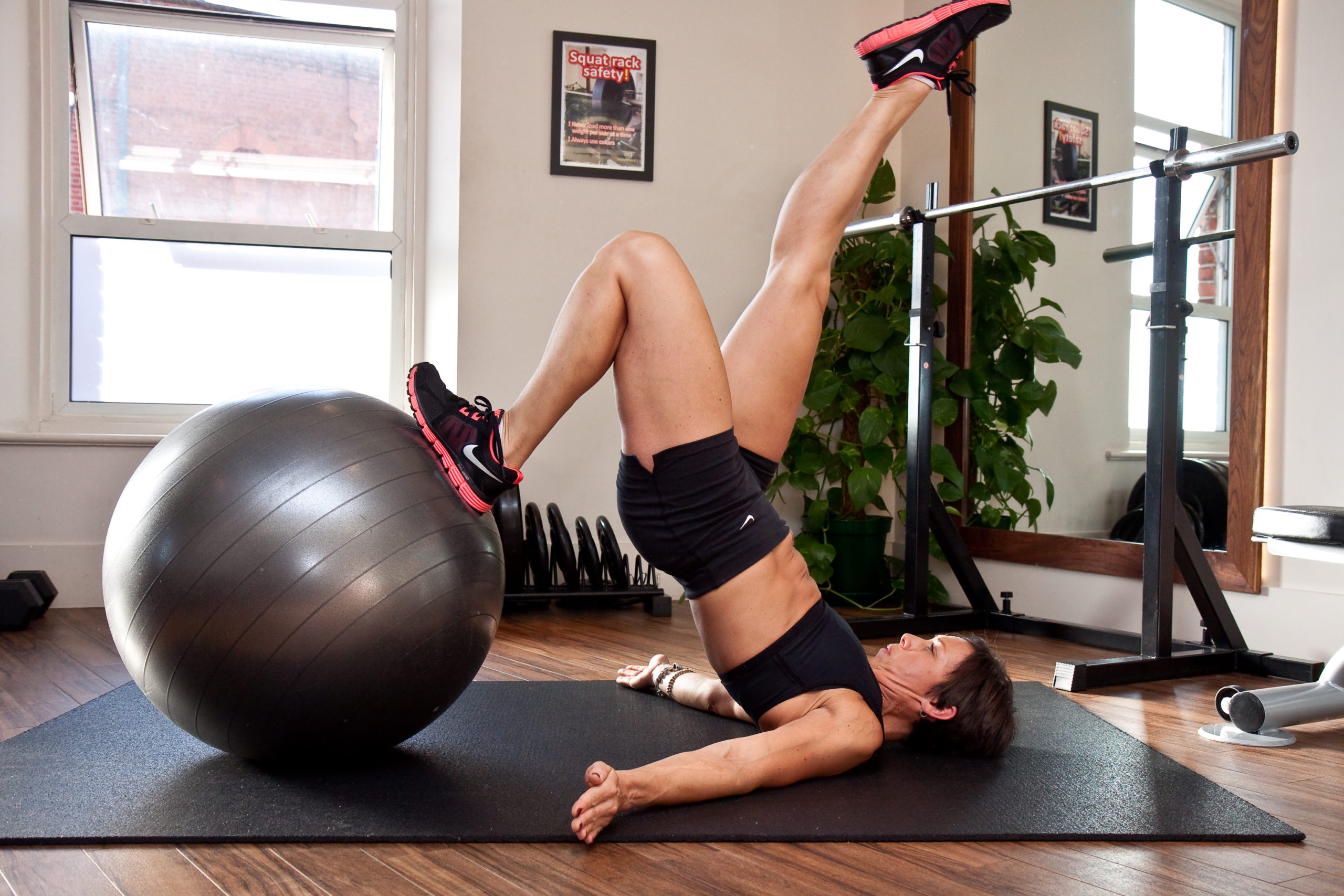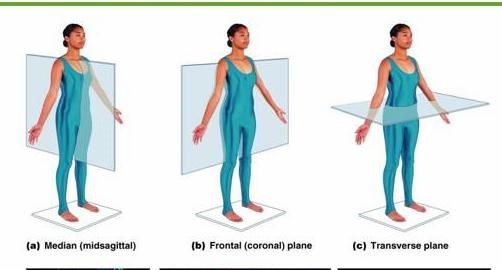Today I am discussing the benefits of floor-based isolation exercises such as glute bridges and heel drops as part of a functional training programme.
Functional training is a bit of a buzzword these days – people have heard of it, but they also have several misconceptions as to what it involves. For example, many people come to me with the goal of improving their core strength and seem to be under the impression that they need to lie on the floor to do exercises to engage the core. Hence it’s important to mention that the core is used in all functional movements such as pushing, pulling, squatting, jumping. So this brings me to question the value of lying on the floor to do pilates style exercises.
Firstly let’s have a look at functional training
The most ‘precise’ explanation of functional training that I’ve found comes from Wikipedia as ‘training the body for the activities performed in daily life’.
As humans, we perform a wide range of movement activities, such as walking, jogging, running, sprinting, jumping, lifting, pushing, pulling, bending, twisting, turning, standing, starting, stopping, climbing and lunging. All of these activities involve smooth, rhythmic motions in the three cardinal planes of movement- sagittal, frontal and transverse.
In many respects, functional strength training should be thought of in terms of a movement continuum.
What are isolation exercises?
Isolation exercises are movements that target a specific muscle group and make use of only one joint like the biceps in a bicep curl. Isolation exercises do precisely what their name suggests — they isolate. By placing the attention on one muscle group only, these exercises can achieve strength gains in specific parts of the body. Exercises that isolate joints and muscles are training muscles, not movements, which results in less functional improvement.
Seated or lying positions are often used when doing isolation exercises as this prevents other muscles coming into play and supporting the movement. I would argue that we do not live on our backs or on the floor, but in an upright position which again leads me to question the value of programs that are fully floor-based.
Functional Training for Daily Living
Functional strength training involves performing work in such a manner that the improvements in strength directly enhance the performance of movements so that an individual’s activities of daily living are easier to perform. For example, squats will have a greater “transfer effect” on improving an individual’s ability to rise from a sofa than machine knee extensions.
The terms ‘functional training’ and ‘functional exercise’ can be vague and be interpreted to mean many different things and represent many different approaches to training.
Many of my clients are mums to young children. So functional exercise to them is bending to the floor and lifting babies, clearing toys off the floor, lifting children into car seats
I would suggest that to be effective, a functional exercise program should include several different elements which can be adapted to an individual’s needs or goals
- Based on functional tasks directed toward everyday life activities.
- Specific to the goals of an individual, focusing on meaningful tasks and consider the individual state of health, including presence or history of injury.
- Should be integrated to include a variety of exercises that work on flexibility, core, balance, strength and power, focusing on multiple movement planes.
- Progressive to steadily increases the difficulty of the task.
- Periodised by varying the tasks.
- Repeated frequently.
- Use of real-life object and movement manipulation.
- Performed in context-specific environments.
Training is functional when it is geared towards achieving the goals of the client and is delivered in a way that the client will want to repeat. In the same vein, exercises are only functional when they relate directly to the client’s goals, the client is capable of doing them and will happily repeat them often enough for results to happen.
Isolation exercise benefits
Adding isolation movements into your routine CAN be beneficial for a number of reasons:
- Targeting specific muscles without stressing any others.
- Helping with injury recovery because you can target one muscle without getting the injured ones involved
- Strengthening an area you feel is weaker than the rest of your body
- Activating muscles before moving onto compound moves
.
What is glute activation and why is it important?
‘It’s basically the art of waking up your glutes so that they perform during your workout sessions’
Glute activation can help you reduce your risk of injury and even alleviate your lower back pain by relaxing overactive hip flexors and by getting your glutes to fire efficiently and effectively so that your lower back and hamstrings don’t compensate and become overworked.
Glute activation exercises can be included in your warm-up to establish that mind-body connection so you can effectively recruit the muscles during your workout.
Core Activation
The function of your core muscles is to prevent excessive translation in the joints and to stabilise the spine, which reduces wear and tear and helps to protect discs and ligaments against injury. Teaching your body to activate your core muscles can improve pain and allow your body to function at its full potential.
Integrating Isolation exercises into your functional training workout
For exercise and training to be functional it must achieve the desired results in the most time-efficient, and enjoyable way for every individual client. My philosophy is to combine floor isolation exercises with functional movement-based exercise.
That is functional training!

Rachel Law is a personal fitness trainer based in New Malden, Surrey. Qualifications: ActivIQ Level 3 Personal Training; Burrell Education Pregnancy Exercise Prescription; Burrell Education Advanced Pregnancy Wellness Practitioner; Burrell Education Advanced Post Natal Exercise Prescription; Burrell Education 3rd Age Women Optimal Health and Nutrition; Burrell Education Peri Natal Athlete; Burrell Education Pelvic Flow and Freedom; Olympic Weight Lifting; Premier Global Kettlebells; FIE Level Assessment and Mentoring



